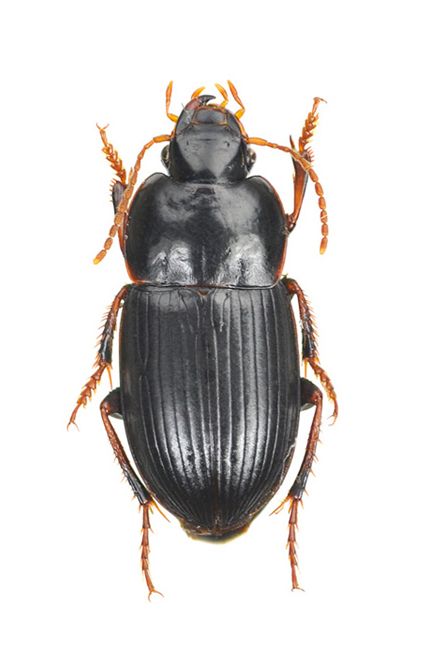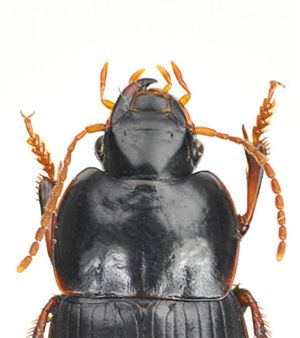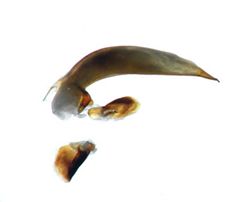| Ecology |
upland field (Habu and Sadanaga 1963), herbosa (Habu and Sadanaga 1963, Inoue 1977e), flatland (Inoue 1977e), low mountain (Inoue 1977e), firm field (Inoue 1977e), sandy soil in bank (Inoue 1977e), firm field (Inoue 1979a), crop field (Inoue 1980a), broad-leaved secondary forest (Hori 2003), vegetable field (Siddiquee and Nakamura 2004), field (Salah et al. 2004), forest (Hori 2008), adult (Habu and Sadanaga 1963, Inoue 1980a), In our breeding room the adults deposited their eggs from about the middle of May to the middle of June (Habu and Sadanaga 1963, Habu 1973d), insect feeder (Inoue 1954a), seedling (Inoue 1954a, Inoue 1977e), leaves of cabegge (Inoue 1954a), leaves of Chinese cabagge (Inoue 1954a), leaves of Chinese mustard (Inoue 1954a), leaves of turnip (Inoue 1954a), hibernating in soil (Inoue 1954a), flying during the day frequently in June (Inoue 1977e) |
| Remarks |
Harpalus Bungii Chaudoir, 1844, Bull. Soc. Nat. Mosc., 17 (3): 451 (Altai and Mongolia) (Habu 1973d), Harpalus variipes Bates (Habu 1970a),
Harpalus Bungii Chaudoir,
Harpalus Bungi Chaudoir,
Harpalus flavitarsis Dejean,
Harpalus variipes Bates,
Harpalus misellus Tschitsherine,
Harpalus modestus Bungi Chaudoir,
Harpalus modestus niponensis Bates,
Harpalus modestus Dejean var. Bungei Chaudoir,
Harpalus (Harpalus) bungii Chaudoir (Habu 1973d) |
 |
| 






